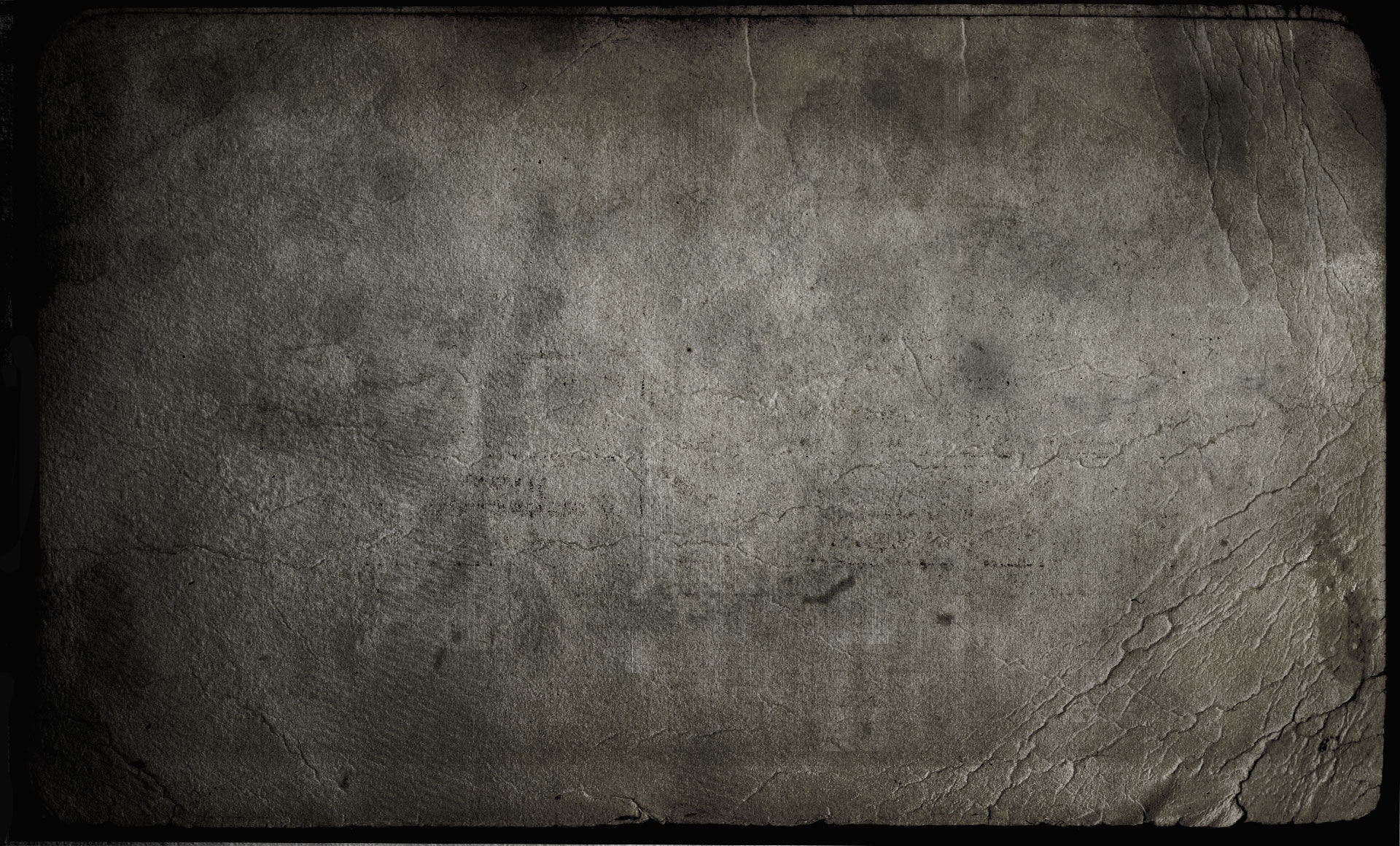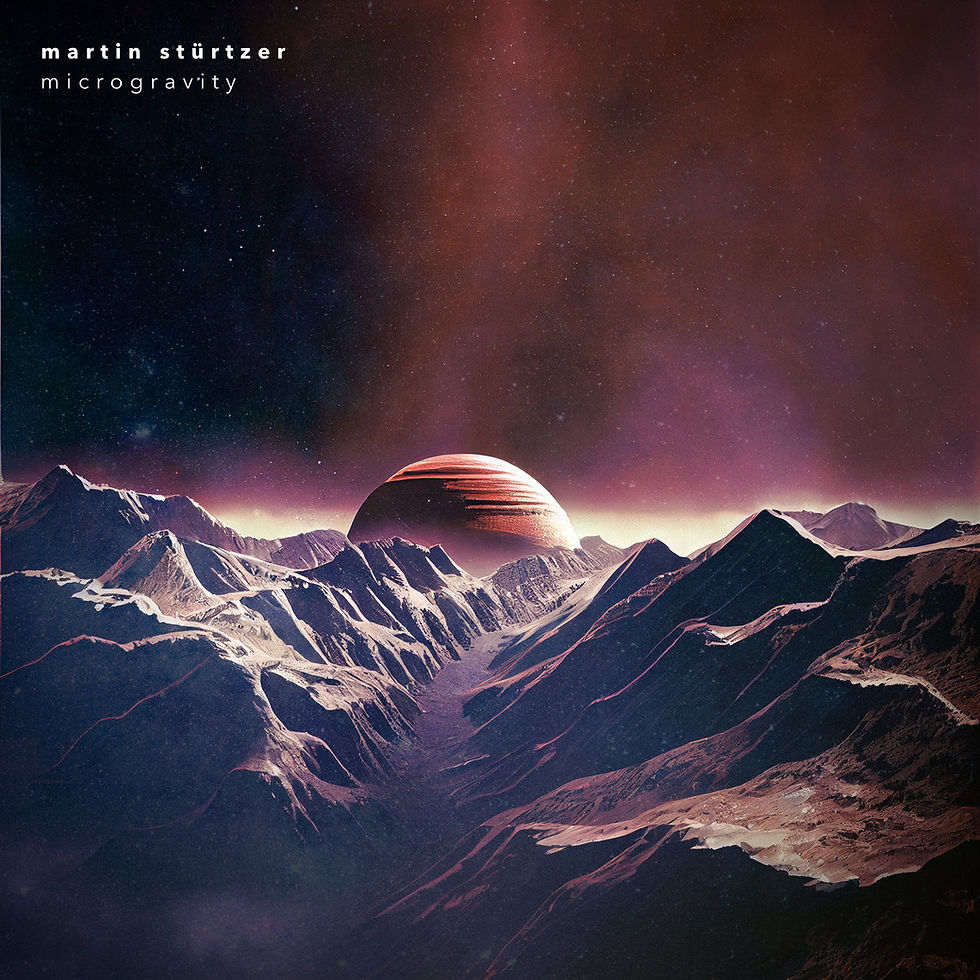Martin Stürtzer Cosmic Echo (2023)
- Sylvain Lupari

- Jul 10, 2023
- 4 min read
Updated: Jul 11, 2023
“The music puts us in a sound universe that can be listened to without getting bored”

1 Portal to Eris 6:50
2 Cosmic Echo 8:36
3 Orion Constellation 8:22
4 Comet Tails 9:46
5 Protoplanetary Nebula 8:03
6 Solar Vortex 13:20
7 Stellar Resonance 8:08
(CD/DDL 63:05) (V.F.)
(Cosmic Ambient Berlin School)
Cozy and gamboling with the lightness of hopping on a cloud, the rhythm of Portal to Eris vibrates its jumping arpeggios in the resonance of the heavy exhalations of a metallic-toned synth. At once cadenced and musical, the bass croaks and also spreads a velum of heavy reverberations where absent voices occasionally hum. The sequences like to multiply, creating rhythmic diversions with arpeggios that leap about in alternating colors and shapes, nuancing the inflections of a cosmic electronic rock that's ideal for relaxing the neurons. The panorama is filled with cosmic effects, astral star grooves and the chirps of a universe we're used to, just like those reverberating effects of synth strings that play on the nuances of an ambient drama. Portal to Iris sets the tone for COSMIC ECHO, Martin Stürtzer's new and 4th cosmic adventure, 2 of which appeared in its Exosphere subdivision, on the American label Synphaera Records. The music is largely inspired by the ambiences of the Relativity album, with a panoply of ambient rhythms whose bases metamorphose within the tracks. The sequencer is as alert as it is creative, adding, subtracting and/or merging textures where pure rhythm and cadenced melody reverse their roles as well as their dominance. These slightly convoluted structures plunge our ears into a deliciously cosmic Berlin School universe.
One, one-two, one-two-three! These are minimalist pulses that extend their rubbery texture into the astral haze that initiates the title track. This initial rhythmic structure fades into the background as soon as sequences clad in that strange Robert Schroeder-esque layer of cackles start hopping awkwardly. This fusion of pure rhythm and a more organic forms an astonishing symbiosis, until the sequencer opens the tap to let a more harmonious rhythmic flow. The synth casts a melodramatic shadow over this hypnotic rhythm, which runs aground on an atmospheric passage before relaunching into a second phase as ethereal as the first part of Cosmic Echo. Built in polymorphic rhythm mode, Orion Constellation features the album's most sophisticated rhythmic structure, with a rhythmic melody in the background reminiscent of 70's Tangerine Dream. This melody rolls in loops in the textures of a sequencer that amplifies its modulations, giving the impression that the rhythm moves back and forth between the ears. The droning, acrylic jets of sounds from the synths create a cinematic panorama that sways between drama and science fiction. One of the highlights of this COSMIC ECHO! Resonant sequences with oblong vampiric strides, Comet Tails offers a structure that works more the neurons than the feet. Its rhythm is slow and oscillates between widely spaced points, falling well short of morphic downtempo. Its rubbery resonance and hungry ogre texture, as well as those intersecting filaments of rhythm that come and go, give it a special cachet. In addition to the sound effects inherent to the genre, the synth releases evanescent waves that shimmer and disintegrate in a cosmic music structure with a hint of apocalypticism.
It's the echo of the sequencer and of its cadence that fills the floating rhythmic framework of Protoplanetary Nebula. The rhythm accentuates its tonal velocity, in a buzzing back-and-forth movement, without ever overflowing its ambient basis. As throughout the album, reverberant effects twisted like pig tails vibrate here and there, while ambiences are filled by a purring haze. Multicolored jets of sounds, iridescent streaks and drifting chords are illuminating a synth layer that purr secretly in the opening Solar Vortex. A track that offers both rhythmic and harmonic evolution in 3 phases, the level of its ambiences embraces a form of musical velocity that reaches its climax when the chords regroup in a more melodious pattern, a little after the 3rd minute. These arpeggios begin to flutter in a rhythmic sequence in which moiré keys alternate their leaps in a stationary motion reminiscent of the melodic texture of Orion Constellation. A line of bass sequences leads these arpeggios into a rhythmic structure whose slow undulations welcome a cadenced melody structure around the 6th minute. The rhythm takes on a slight accentuation as the synth completes Solar Vortex's cosmic panorama with solos that glow and hum discreetly. Living on the clearer tinkling of its sequences, Stellar Resonance ends COSMIC ECHO much as Portal to Eris began it. The track is however more musical, with a more cosmic approach and more genre-related sound effects. While its rhythm is just as slow, it's also more seductive with those evanescent filaments moving back and forth between the ears.
Martin Stürtzer has become a true value in the spheres of modern electronic music (EM). His many albums reflect a creativity that often revolves around a massive exploitation of the sequencer. He creates polyrhythmic and polymorphic dimensions that appeal to aficionados of cosmic music propelled by rhythms that make us float in this cosmos located in the galaxy of our neurons. COSMIC ECHO is full of these elastically textured rhythms, flirting with a seductive organic approach. In short, a sound universe of a hundred marvels that can be discovered and listened to as much as we want, without getting bored.
Sylvain Lupari (July10th 2023) *****
Available at Synphaera Bandcamp
(NB: Texts in blue are links you can click on)




Comments